Indoor pollutants, such as those found in carpets, fibers, asbestos, smoke, dust, and germs, not only exacerbate the problem of environmental and air pollution but also damage people’s health. Incorporating plants in a home can contribute to eliminating harmful gases and filtering fine dust in the air. Some ornamental plants have a reverse biological mechanism […]
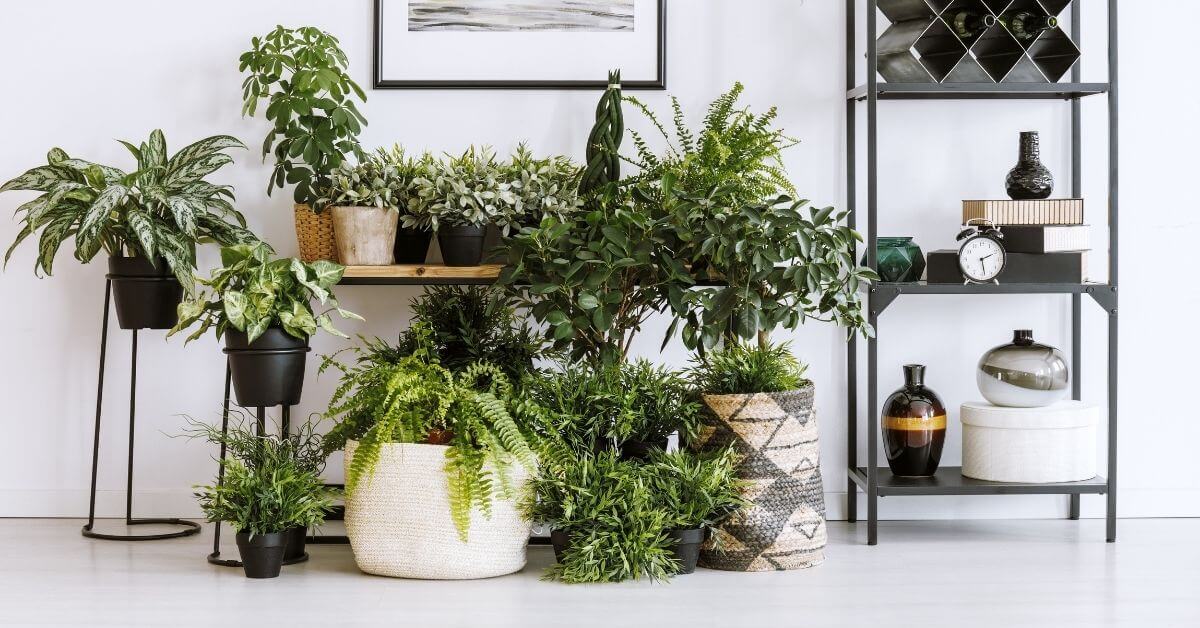
Indoor pollutants, such as those found in carpets, fibers, asbestos, smoke, dust, and germs, not only exacerbate the problem of environmental and air pollution but also damage people’s health. Incorporating plants in a home can contribute to eliminating harmful gases and filtering fine dust in the air. Some ornamental plants have a reverse biological mechanism that absorbs carbon dioxide and provides oxygen day and night for humans, improving our sleep.
Although not all houseplants require the same level of care, the fundamental guidelines below can help you incorporate plants in your home more easily and successfully.
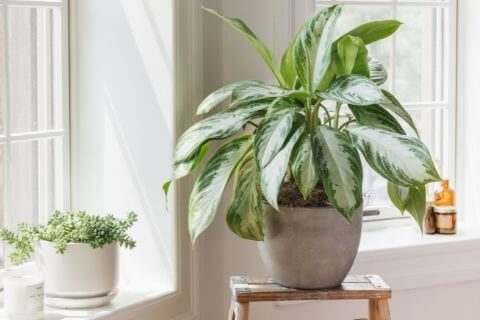
Light is the most important thing to consider while caring for indoor plants. So, how much light does it take for plants to grow? The quantity of light required will vary depending on the features of each plant. There are decorative plants that can thrive in low light, but there are others that require natural light to develop.
Hanging plants in the window are popular among interior designers especially for living room plan decor because of how easily they drape themselves around your walls. Remember to hang your plants near the large window so that they can absorb as much light as possible
‘Strong’ light is normally hindered in front of south-facing windows, while huge windows on the east and west sides are not. Small east or west ones with no obstructions provide ‘medium’ light when you hang your plants in the windows. The north window and those with frosted glass provide only ‘low’ light.
In most cases, when you hang your plants in the window, they will receive no outdoor light that should be lit from 16 to 18 hours each day. If some additional light is received, 12 to 14 hours each day may be adequate. Lights should be used at the same time that plants receive window light. Using lights at the beginning or end of the day will not usually be as effective as using lights during daylight unless natural daylight is quite bright.
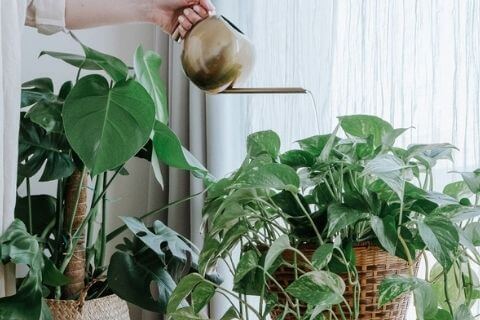
The amount of water is the second consideration while incorporating plants in a home. Generally, houseplants should not be overwatered. If the soil appears to be dry, it should be watered.
You should also use a spray bottle to water your plants. It should be sprayed twice a day in the summer and once a day in the winter to enhance moisture, clean the leaves, aid photosynthesis, and green the tree.
Varied types of trees have diverse water tolerances, and the amount of water required for incorporating plants into your home and making them thrive is also different. You can choose the right potted plants, you can use bonsai pots with discs underneath for easy movement and good drainage, not leaking water into the house.
The time of year can make a difference, too. Many houseplants grow more during the spring and summer, but not as much in the fall and winter. If you notice less growth than usual, ease up on how much water you give your plants until they start growing more again.
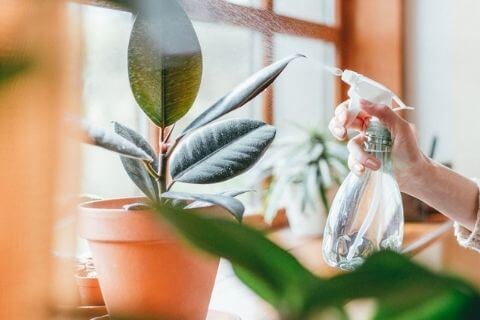
When incorporating plants in your home, the right amount of fertilizer will help promote growth. Too much and your plants could grow quickly into an unshapely mess with no position; even kill them.
However, too little fertilizer will cause the plant to lack nutrients, making it difficult to develop and resulting in dead branches. As a result, the ideal method is to fertilize the tree once every half month, at a rate of adding 5% synthetic fertilizer to the tree. Furthermore, utilizing rice water to irrigate plants is beneficial to plant development.
Because pesticides can harm your health, you should apply them sparingly to your indoor plants. If the plant is infested, clean the leaves and roots with alcohol first, then apply organic pesticides to control the infestation.
Dry air can be good for some drought-tolerant plants like Cactus. However, most houseplants need moisture, especially tropical plants. You can buy a room humidifier with a cool mist when incorporating plants in the home and make sure these humidifiers are close enough to provide moisture in the air but not wet the foliage or flowers.
Another option is to spritz the plants every day with a spray bottle to keep them wet. Planting potted plants near together encourage is the right way to incorporate plants in a home that can provide moisture to the air, which helps them to sustain one other.
It is critical to prune indoor plants on a regular basis while incorporating plants into the home and caring for them. Trim the roots to prevent them from outgrowing the container and cracking it. Pruning off leaves, and thick, or withered branches keeps the tree clean, calm, and pest-free. Pruning old branches aids in plant development as well.
Parallel to the trimming, be sure to clean the dusty leaves (from the air purifier) with a soft cloth so that the tree stays green and develops better. When fertilizing, trimming, or cleaning leaves, remember to use gloves!
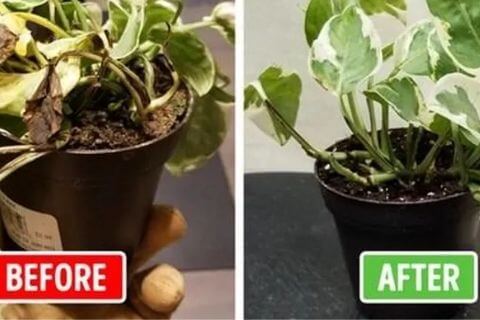
When a tree exhibits symptoms such as yellowing, withering, or falling leaves, it is crucial to take immediate action to assist the tree to regain its vitality.
Allow no direct sunlight to irradiate the plants to avoid the sun’s heat having a detrimental effect on them or perhaps causing them to perish due to dryness. Plants should be cared for in a cool, fresh environment that is free of high winds.
During the first period of plant growth, the soil should not be affected because at this time the organization and function of the tree are in a static state if the groundbreaking will make the root system damaged.
At this time, merely chop off the yellow, withered leaves, water well, and add nitrogen water with a low concentration to water the plants once a week. After each month, the amount will gradually grow, and the concentration will increase after approximately 23 months.

As the admin of Sparkling & Beyond, I bring a wealth of knowledge and passion for excellence in the cleaning industry. With years of experience in providing top-notch cleaning solutions, I am dedicated to sharing valuable insights and tips to help maintain pristine and healthy living environments. My mission is to ensure every home and office we service sparkles with cleanliness and comfort.
![]()